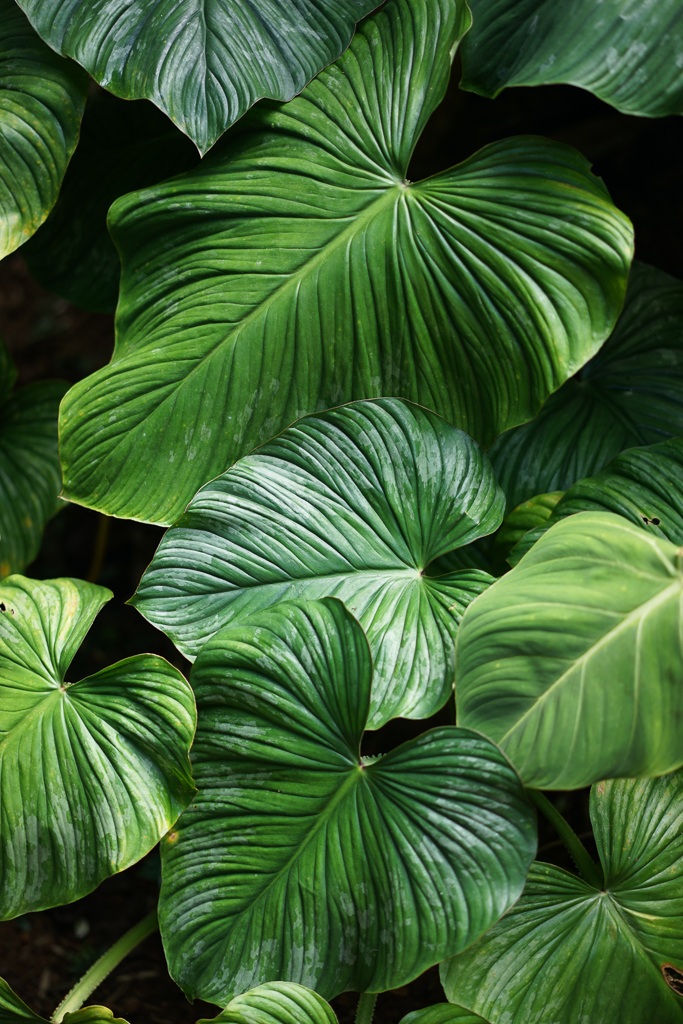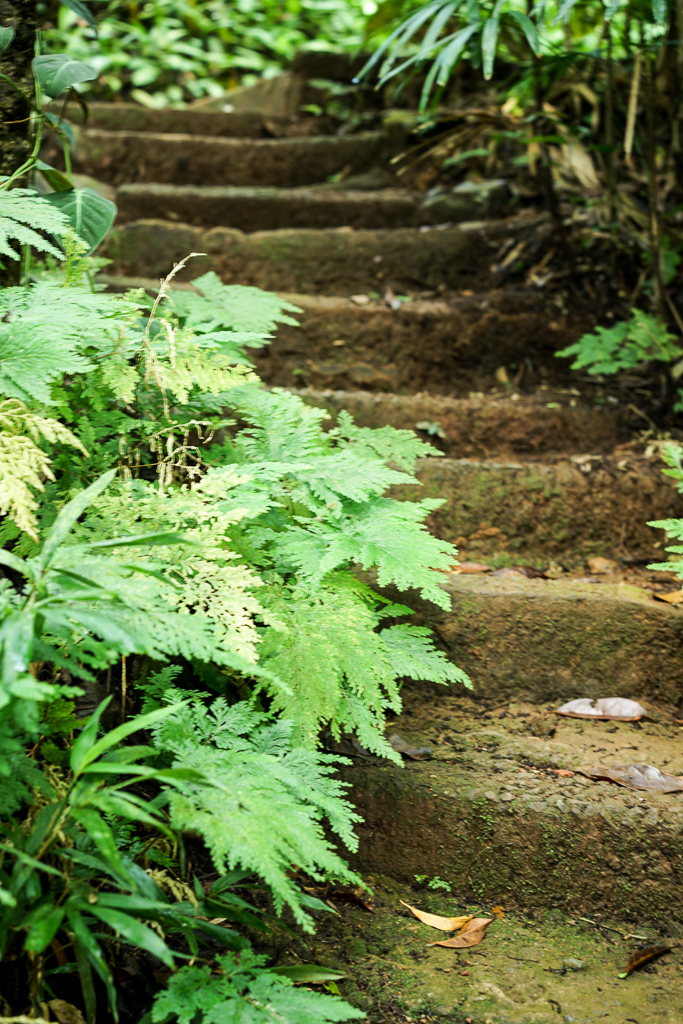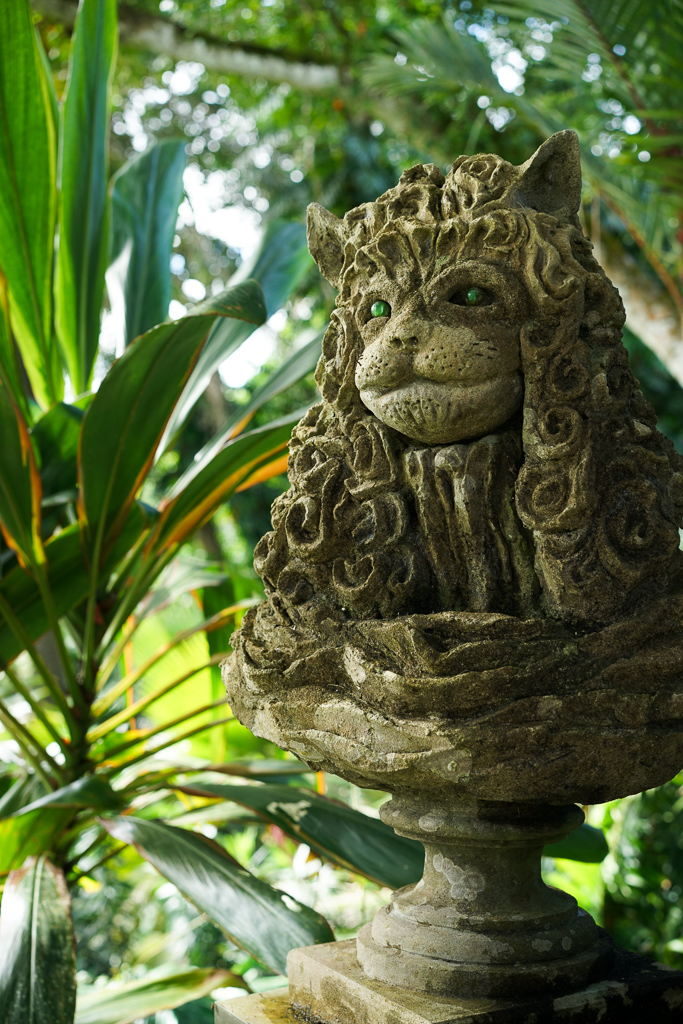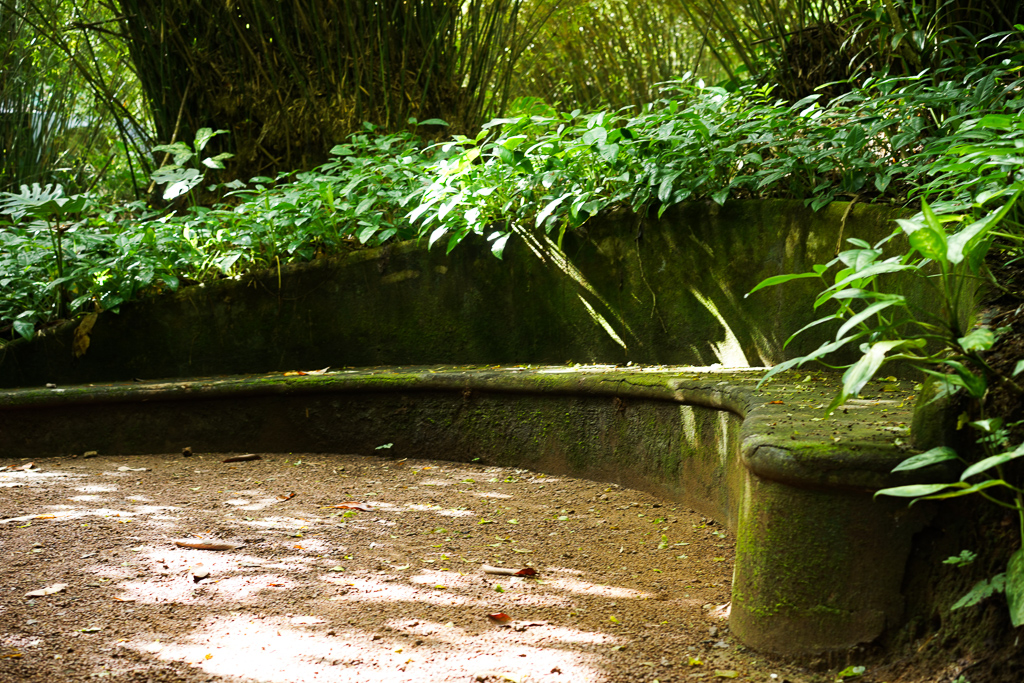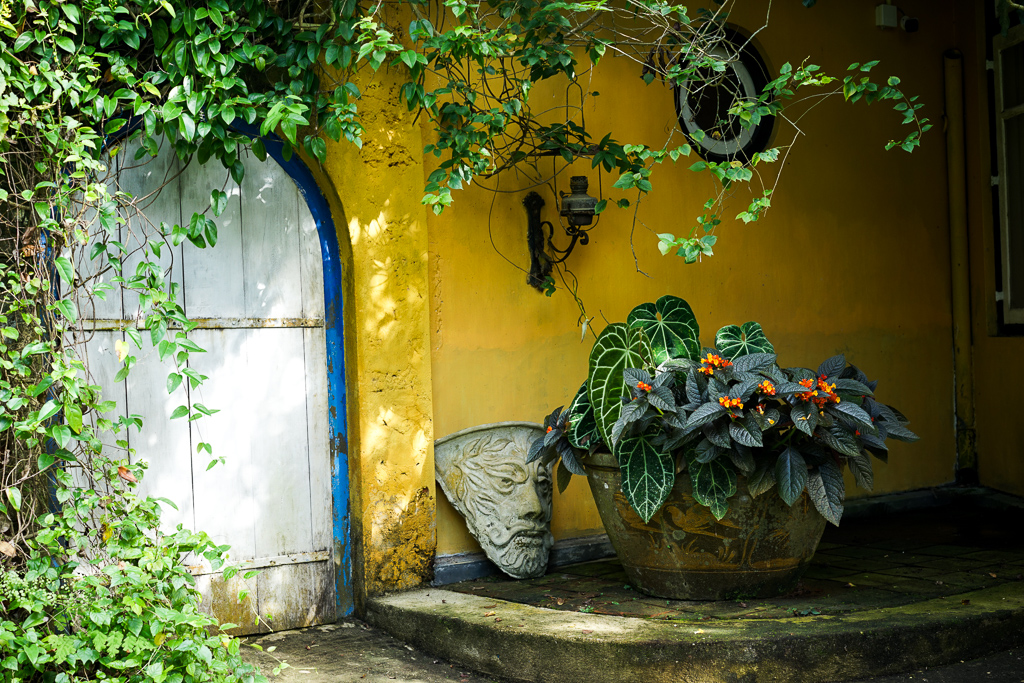The Brief Garden by Bevis Bawa
The view from the top of the terraced fountain with avenues of bamboo clusters on either side
It’s an adventure in itself to find Bevis Bawa’s enigmatically named garden. Keep driving through forever rice-paddy fields, veer down a few unpromising roads and possibly miss the small handmade signpost with “Brief” indicating the turn off before doubling-back to eventually enter its luscious corridor driveway. It almost feels like the limits of Google Maps even though you’re less than a couple of hours out of Colombo. But don’t be put off by this. The Brief Garden is an enchanting maze of nooks and crannies designed to surprise and beguile if you make the effort to get there. And you should.
The entrance into the Bevis Bawa’s house at the Brief garden
Bevis Bawa was born on 26 April 1909 and is of course the world-renowned architect Geoffrey Bawa’s older, less famous, sibling. This is a mixed blessing. The Bawa brothers were creatives in the post-colonial melting pot of the privileged classes in Sri Lanka of the time, a pot which produced rich ideas and artistry still resonating throughout Sri Lanka and the world today. One corollary is that Bevis’s Brief garden is eternally compared to Geoffrey’s garden of Lunuganga as tangible examples of that remarkable past.
Comparisons, however, are odious. By all accounts, the two men were polar opposites in almost every conceivable way and fostered some sibling rivalry which loitered till the end. It doesn’t help that the two estates lie within an hour’s reach of each other and on similar landscapes – you can visit them both easily on the same day as I did. Viewing them side by side is an easy trap to fall into.
So I’m celebrating the 110th anniversary of Bevis Bawa’s birth by borrowing an idea from Michael Ondaatje as a way of discovering and understanding the Brief garden and perhaps even Bevis Bawa himself: that great gardens are often self-portraits.
The terraced fountain at Brief garden
Artists often used self-portraits as a kind of calling card which captured a likeness about them or gave the viewer a sense of their capabilities. By all accounts, Bevis Bawa was intelligent, witty and an acute social observer with a flair for art. He was also openly homosexual, hedonistic and utterly charming – people still recall him as a gentleman to this day.
In the halcyon days of Ceylon, it helped that he was also well-connected and lived a life of the Ceylonese landed gentry, enabling him to rub shoulders with the political and (often international) cultural elite although he harboured a distaste for some of the associated pretentiousness. His self-deprecating humour and tall stories disarmed all those who met him or read his writings.
What struck me was that the Brief garden was like a palatial outdoor manor built for entertaining and pleasure. The layout has an expansive, ballroom-like grassy knoll (in fact, one suspects that the moonstone at the base of that knoll is the true entrance to this garden manor as it might have been in ancient temples) alongside private garden rooms set in dark, forested seclusion and connected by meandering pathways, themselves flanked by mass plantings to form of walls of heliconia, aspidistra and philodendron, to name a few. These settings are punctuated with urns, fountains and sculptures. There are grand arches vaulted by clusters of leaning bamboo, furniture carved into stone for a tête-à-tête and even an open bathroom suite complete with a mirror.
The place has a natural luxuriousness and a generosity which reflects the gregarious social creature which Bevis was reported to be. People were drawn to it from near and far, just as they were drawn to Bevis. His repertoire of international visitors include Ingrid, Dowger Queen of Denmark, Gregory Peck, Aldous Huxley, Robin Maugham, Agatha Christie and Vivien Leigh.
A photograph of a picnic at Brief with Vivien Leigh and others
If you were looking for Bevis’s sense of humour in the Brief garden, you only need to start with the Satyr sculptures guarding the entrance gate with their unconventional poses and pots of long grass sprouting on top of their heads like plumes of horse hair worn ceremonially by British cavalry. Bevis grants these sculptures the size and stature of guards but is poking fun at them at the same time. In fact, they reminded me of drag queens.
This idea repeats itself in several other sculptures in the garden including the adult Manneken Pis in front of the glass bottled wall and the nude with the coy ferns for public hair outside the open bathroom suite. There is much commentary about the homoerotic nature of these works, but I also find them funny and can almost hear Bevis roaring with laughter in the background at the idea of them.
Beneath this fun however is subversiveness which is most starkly revealed in the magnificent goat and sheep busts representing a politician and a judge which were created by his friend and long-time housemate, Donald Friend
To my mind, these decorative arts along with the garden itself goes to the heart of who Bevis Bawa was, a remarkable creative. He wrote, he drew, he sculpted and he designed. Bevis’s comment that “I don’t know the names of any trees. If I see a tree I like, I put it in” reinforces his passion for designing and ideas rather than a horticultural interest.
This penchant for artistry attracted other well-known creatives to Brief including Barbara Sansoni, Donald Friend, Laki Senanayake and George Beven to name a few. Their creative output includes the many of the sculptures at Brief which Bawa and Friend collaborated on, the leaf-patterned experimentation on cement tiles, the terracotta tiles with animal motifs created by Sansoni and Friend and the masterpiece belonging to Donald Friend himself at the top of the entrance staircase – a magnificent mural depicting the history of Sri Lanka. The painting’s style is recognisably Western but its colour, texture and narrative is very much of Sri Lanka.
For all the lightness and artistry at Brief, it is Bevis Bawa’s association with Donald Friend which gives me pause for thought. Friend was a self-proclaimed pederast who documented his liaisons with boys in his diaries, one as young as 10 years old during his time in Bali. So whilst we can all admire his artistic genius, how does one account for Friend’s proclivities during his five year stay at Brief? Clearly Bevis would have been aware but uncharacteristically he is, like much of the commentary surrounding Donald Friend in Sri Lanka, silent on this point.
A section of the mural by Donald Friend depicting the history of Sri Lanka (this section is the entrance to the Brief garden)
One explanation is that it was a different time where such things were accepted. Perhaps. But I think the better explanation is that much like his beloved Brief garden, Bevis Bawa was shades of light and dark which made him very much human rather than some sacred creative-type. He turned a blind eye to the failures in others in exchange for their inspired originality, like-mindedness and friendship. This was, after all, his Elysium.
An intimate seat near the bamboo clusters in the forested section of the garden
And none of this detracts to my mind from the lyrical experience you have when making your way through the Brief garden. The paths twisting in and out of rooms, the extraordinary foliage and flowers peppering the way, the decorative art waiting to be discovered like hidden treasure and the interesting perspectives at each turn, sometimes only ever partial. The Brief garden engages you on so many levels and, as a self-portrait, Bevis Bawa has painted himself to be a wonderfully complex being. His aesthetic sense matched his generosity and sense of fun while hinting to his imperfection.
Happy birthday Mr Bawa! I bet that you would have celebrated with a terrific party today in your fabulous garden. Send me an invitation next time, please. I’ll be there in a heartbeat. ۞


